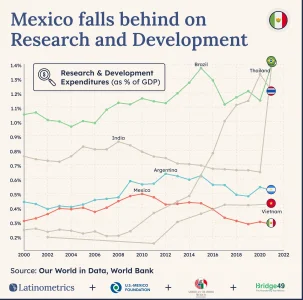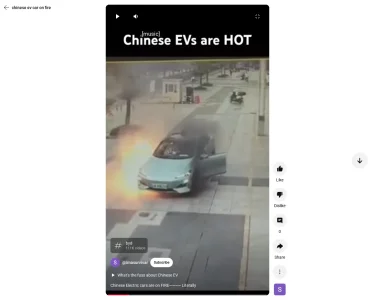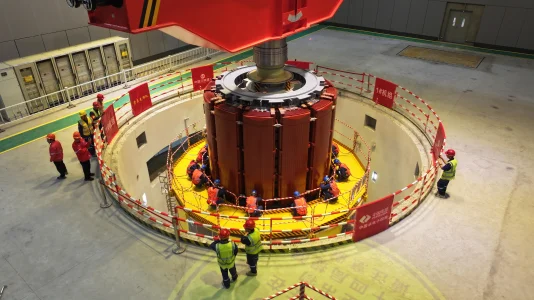'Chinese wisdom' underpins nation's hydrogen efforts
China has emerged as the global leader in renewable hydrogen production capacity, accounting for over half of the world's total installed capacity last year, according to a government official.
In 2024, global installed capacity for renewable energy-based hydrogen projects surpassed 250,000 metric tons per annum, with China accounting for over 50 percent, positioning itself as a leading region in the development of global renewable hydrogen and related industries, said Bian Guangqi, deputy director of the National Energy Administration's energy saving and technology equipment department.
The NEA has reaffirmed its commitment to fostering high-quality development of the hydrogen industry, recognizing China's pioneering role in renewable hydrogen and related industrial growth.
China has been actively promoting collaboration across the hydrogen value chain, supply chain, and innovation ecosystem in recent years, while also participating in the development of international standards and certification systems, contributing "Chinese wisdom" to the global energy transition, he said.
Bian said the country's first energy law, which took effect on Jan 1, officially places hydrogen energy on an equal footing with traditional energy sources.
This legal recognition signals the government's resolve to advance hydrogen and transform its energy structure, while also setting a clear direction for improving the industry's regulatory system and raising expectations for industry development and management, he said.
According to a plan jointly released by the National Development and Reform Commission and the NEA, China is planning to have around 50,000 hydrogen-fueled vehicles and a batch of hydrogen fueling stations by 2025.
Latest figures released by the China Hydrogen Alliance show that China's hydrogen demand will surge to 60 million tons by 2050, creating a 12 trillion yuan ($1.64 trillion) industry. This would make hydrogen a significant energy source, representing over 10 percent of China's total energy consumption.
However, despite this progress, significant hurdles persist, including the insufficient economic viability of hydrogen applications. Technological innovation also needs further strengthening while gaps still exist in fundamental regulatory frameworks, hindering the sector's full potential, said Bian.
To address the existing constraints and propel the sector forward, Bian said the administration will step up increased policy support, further clarifying hydrogen industry development goals and pathways, and advancing coordinated development across the entire hydrogen value chain from production to storage, transportation, and utilization.
The government body will also accelerate technological innovation to support the energy technology innovation platforms, key technology breakthroughs, and integrated application demonstrations, fostering the integration of technology and industrial development.
Efforts will also be made to guide local governments in establishing robust hydrogen project management norms, continuously improve hydrogen standards and certification systems, and promote the standardized development of the hydrogen industry, he said.
These measures signal China's intention to not only maintain its leading position in renewable hydrogen but also to address the critical challenges hindering the sector's broader commercial success and contribution to its energy transition goals, he said.
Ma Yongsheng, chairman of China Petroleum and Chemical Corp, also known as Sinopec, currently the largest hydrogen producer in China, stressed that the hydrogen industry is still very much in its infancy, implying substantial room for future growth and maturation.
Ma pinpointed the high production cost of green hydrogen as a primary challenge, yet simultaneously highlighted it as an opportunity for innovation. He explained that while current green hydrogen production costs are relatively elevated, this presents a significant area for improvement.
Advancements in crucial materials and technologies, he suggested, hold the key to enhancing production efficiency and driving down these costs.
The energy giant has been actively advancing its hydrogen energy infrastructure, having built 11 hydrogen fuel cell supply centers nationwide in addition to 142 hydrogen refueling stations across the country, integrating hydrogen production and refueling capabilities to promote the adoption of hydrogen energy.
Ma addressed the current state of hydrogen standards and regulations, noting their imperfection and incompleteness. This regulatory gap, he argued, underscores a critical need to deepen international scientific and technological cooperation.
Enhanced global collaboration in research and development is essential to establish robust and effective standards and regulations that can support the sustainable and safe growth of the hydrogen sector, he added.













